We are constantly self-regulating throughout our day, often without realizing it. Actions such as breathing deeply when we feel stressed or taking a break from a frustrating task are examples of positive self-regulation skills. This ability to understand and manage our behaviors and reactions is a learned skill that is key to successfully accomplishing tasks and building relationships. We can teach our children to self-regulate through co-regulation.
What is Co-Regulation?
Co-regulation is the process by which someone helps you manage your emotions and guides you to the appropriate response. This is in contrast to self-regulation, which is when you process and manage your emotions and behaviors on your own. Co-regulation starts from birth, like when a caregiver feeds a baby who is showing signs of hunger, thereby teaching the baby to recognize when to feed themselves. The goal of co-regulation is to provide the child with strategies and knowledge that they can apply on their own, without the assistance of someone else, when they need to regulate their sensory system.
Co-Regulation Strategies
Here are some co-regulation strategies that caregivers, parents and teachers can use to help kids regulate their emotions and work their way up to effective self-regulation:
1. Active listening
Grab a Pressure Foam Roller to treat each other to a back massage The foam roller is perfect for providing heavy work to the masseuse and deep pressure to the one getting the massage. Not only is it a soothing pre-bed activity, but your kids will love getting the chance to help you relax instead of the other way around paying attention to the child and reflecting back to them what you hear them saying or see them showing you will help them feel safe and understood. This sense of security can enable them to focus on understanding their emotions.
2. Be empathetic
It’s important for kids to feel safe expressing how they feel. Validating their emotions and experiences will allow them the space to share their feelings and thoughts, so that they can work towards an appropriate response. For example, try saying to a child, “I know you’re upset that our trip was canceled. It’s okay to feel mad! I’m also upset about it.” Then discuss things you can try together to feel better.
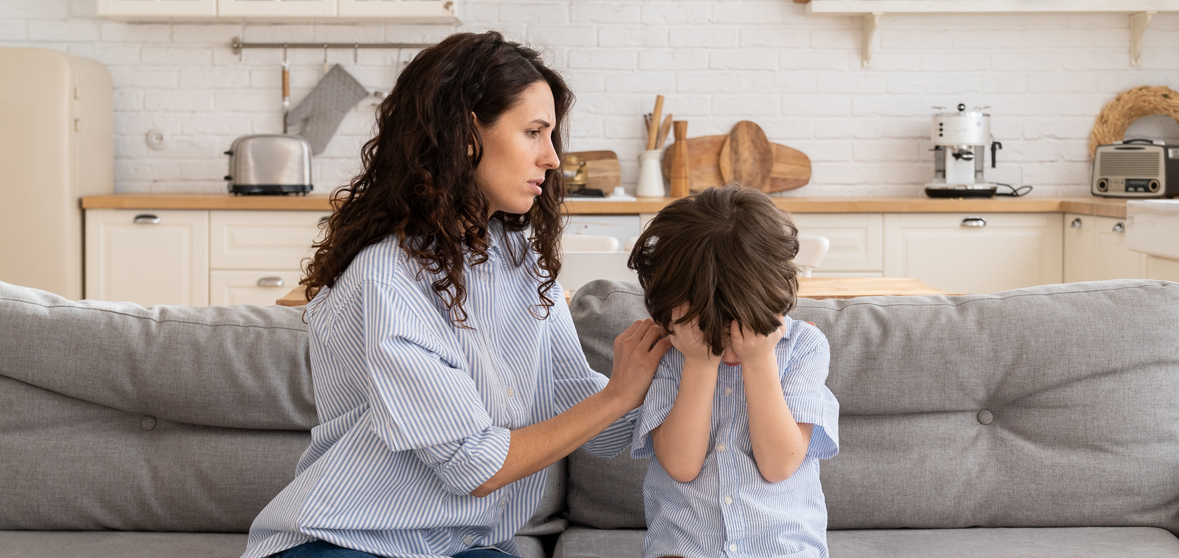
3. Model calm behavior
Remaining calm in the face of stressful situations shows children how to manage their own reactions to various scenarios. Remember that kids look to you for guidance and will see how you regulate your emotions. You need to remain calm in order to help someone else feel calm. Use deep breathing, sit in a comfortable beanbag chair, or grab a favorite fidget when you need a calming boost.
4. Routine and predictability
Provide structure through a consistent routine to reduce potential anxiety. When kids feel stressed or anxious they may have a more difficult time regulating their emotions. By maintaining predictability you can create a calmer environment for them to learn to self-regulate.
5. Physical contact and comfort
When appropriate, offering physical comfort such as a hug can help an upset child feel secure and promote a sense of well-being. You can also offer them a weighted animal to hold or a Space Explorer to wrap themselves in tightly as alternatives.
6. Positive reinforcement
Encourage effective regulation with praise and positive reinforcement to help kids continue to develop and utilize self-regulation techniques. Use Visual Cards for Self-Calming to experiment with different calming activities, then discuss how each made the child feel afterward. Encourage them to continue using the ones that left them feeling the most calm.
7. Be a detective
Observe what calms your child when they feel overwhelmed or under-stimulated, then guide them to those tools. Keep in mind that this may change with time or in different situations, but by creating an arsenal of sensory tools and strategies you can empower kids with the knowledge of how to regulate on their own.
Turning Co-Regulation Into Self-Regulation
While co-regulation is an important foundational step toward self-regulation, the aim is for children to learn to use regulation skills on their own when they feel dysregulated. The techniques they use will differ from child to child depending on their sensory preferences and needs.
Kids can use Emoji Emotions Cards to help name how they feel in a given situation. Recognizing what triggered them will allow them to take the next step in choosing a regulation strategy to use. Deep breathing is a great way to calm the mind and body so that they can focus on what to do next.
Having spent time co-regulating and identifying soothing techniques and activities, children will now be armed with the appropriate tools to choose from themselves. This could include taking a sensory break in a Cozy Canoe for calming deep pressure input or relaxing tense muscles with a Pressure Foam Roller. Fidgeting with putty is a great way for kids to maintain focus and attention while still getting the extra sensory input they need.
By teaching kids to use the tools and strategies mentioned above, you can help them develop the skills to effectively self-regulate throughout their lives, regardless what situations they may find themselves in.
Check out our range of social-emotional tools to improve self-regulation skills.

















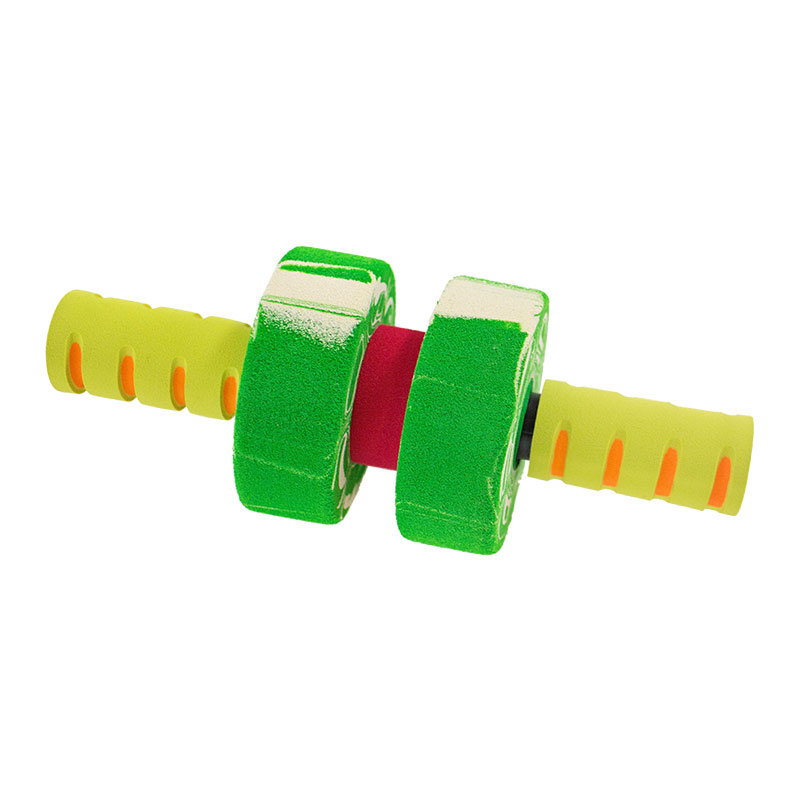
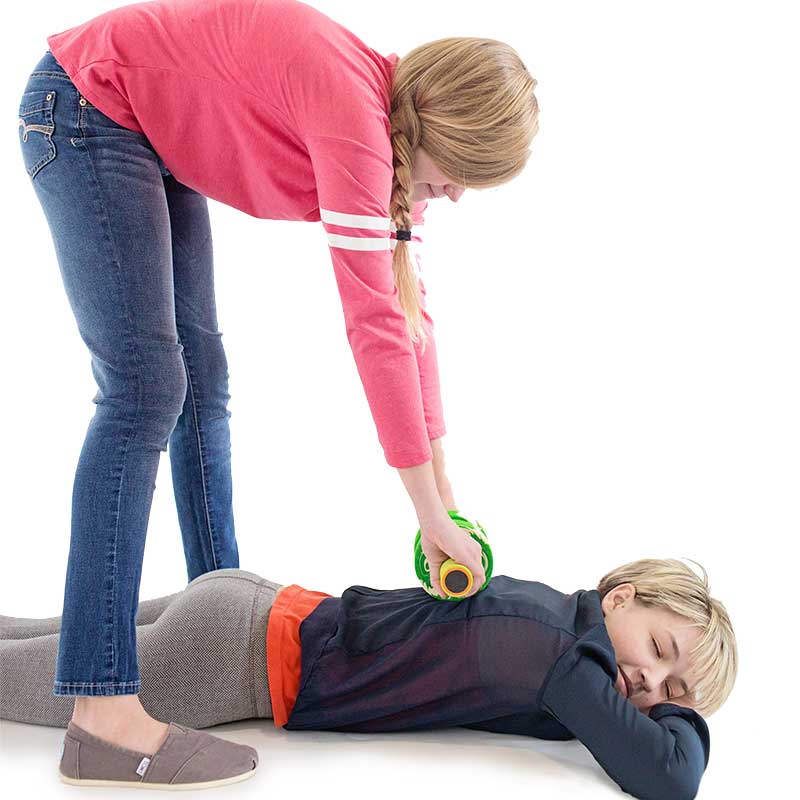

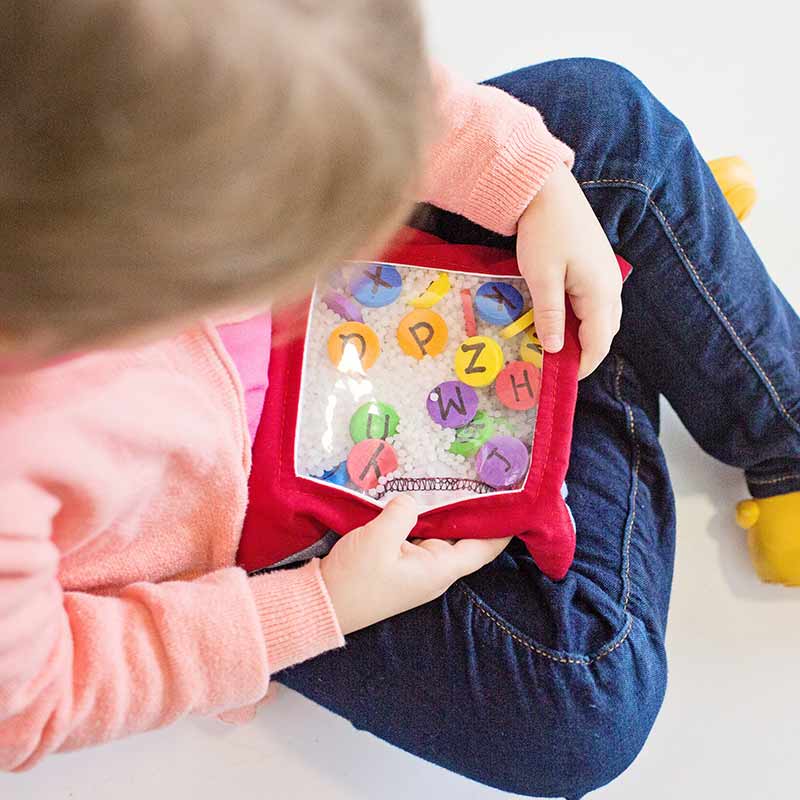

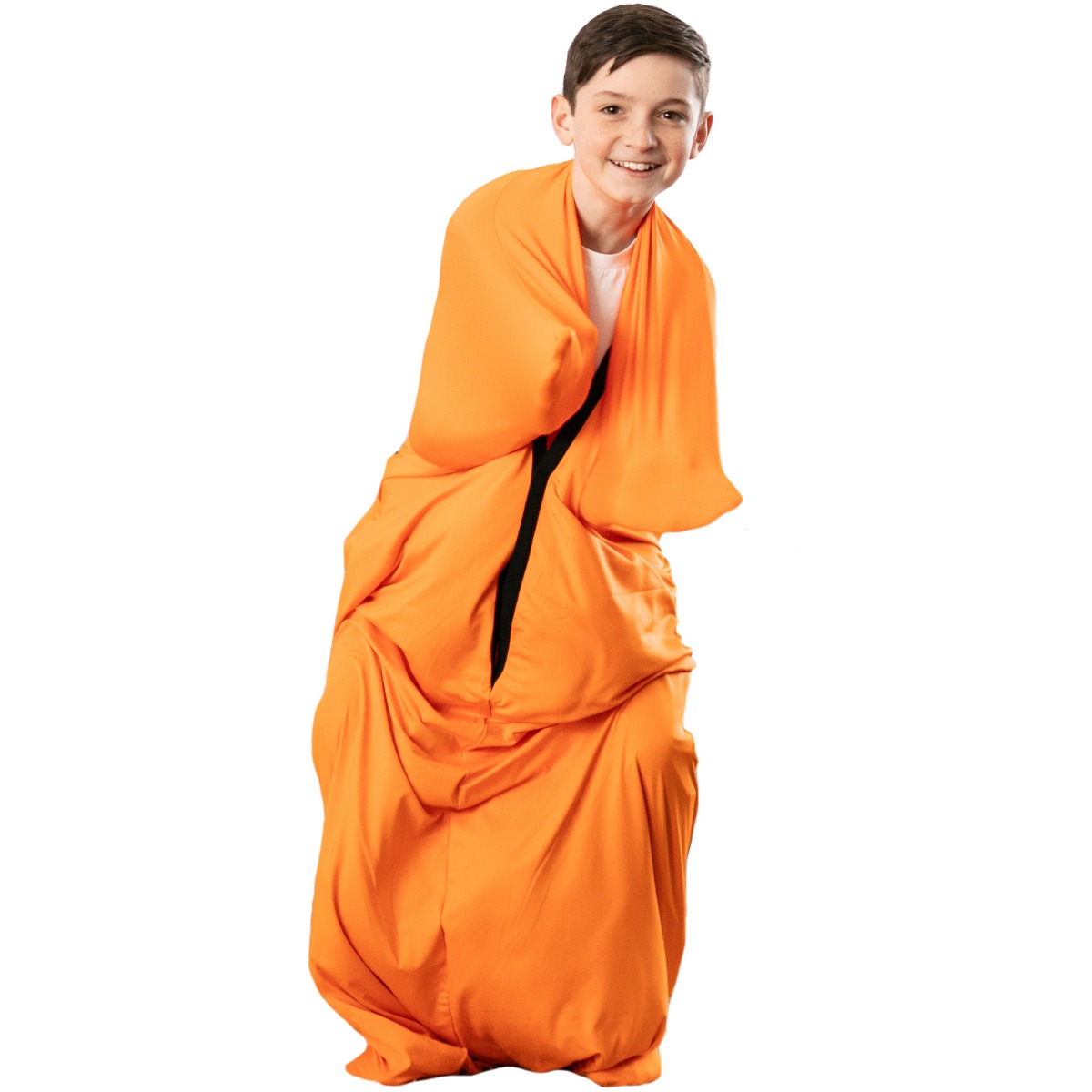
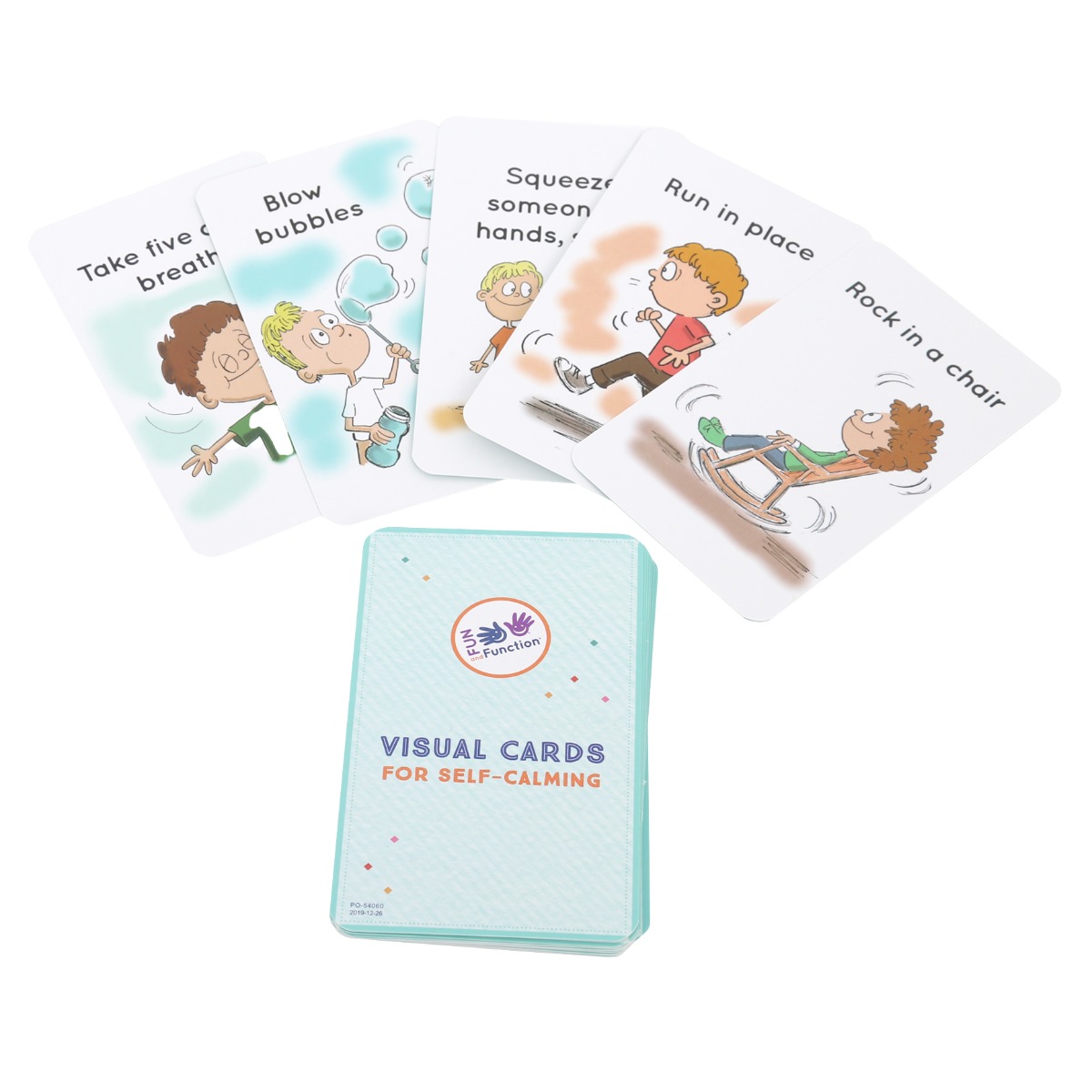
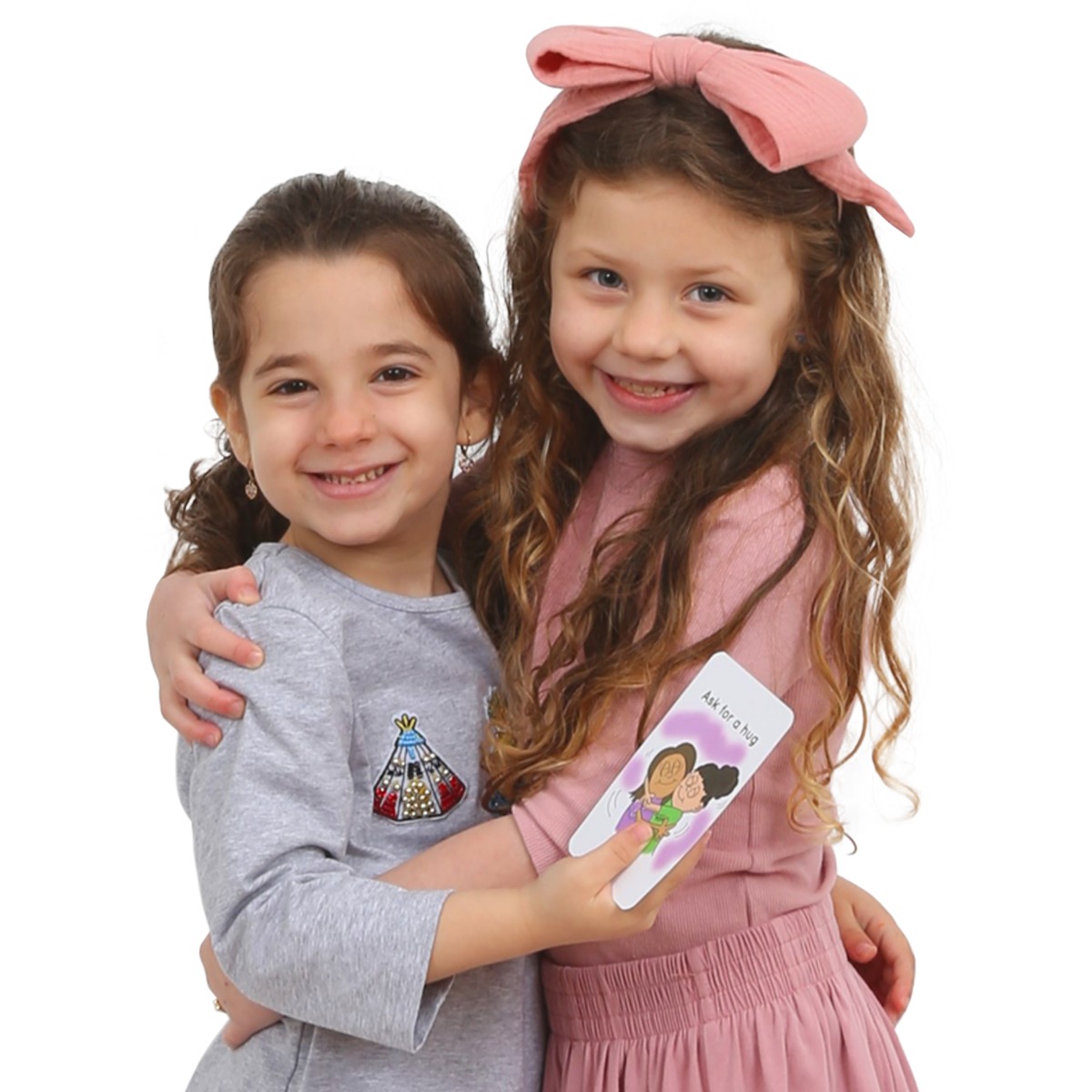
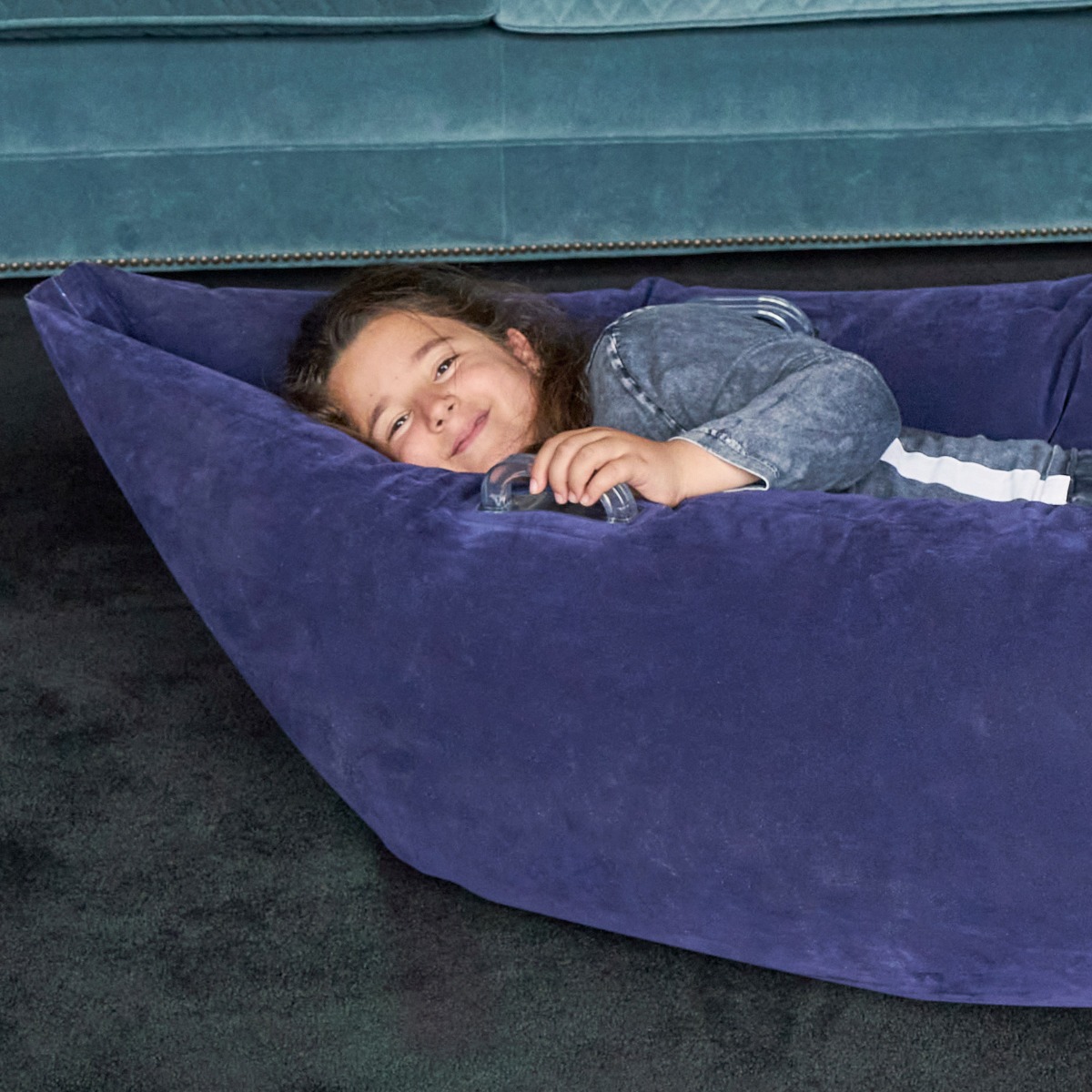
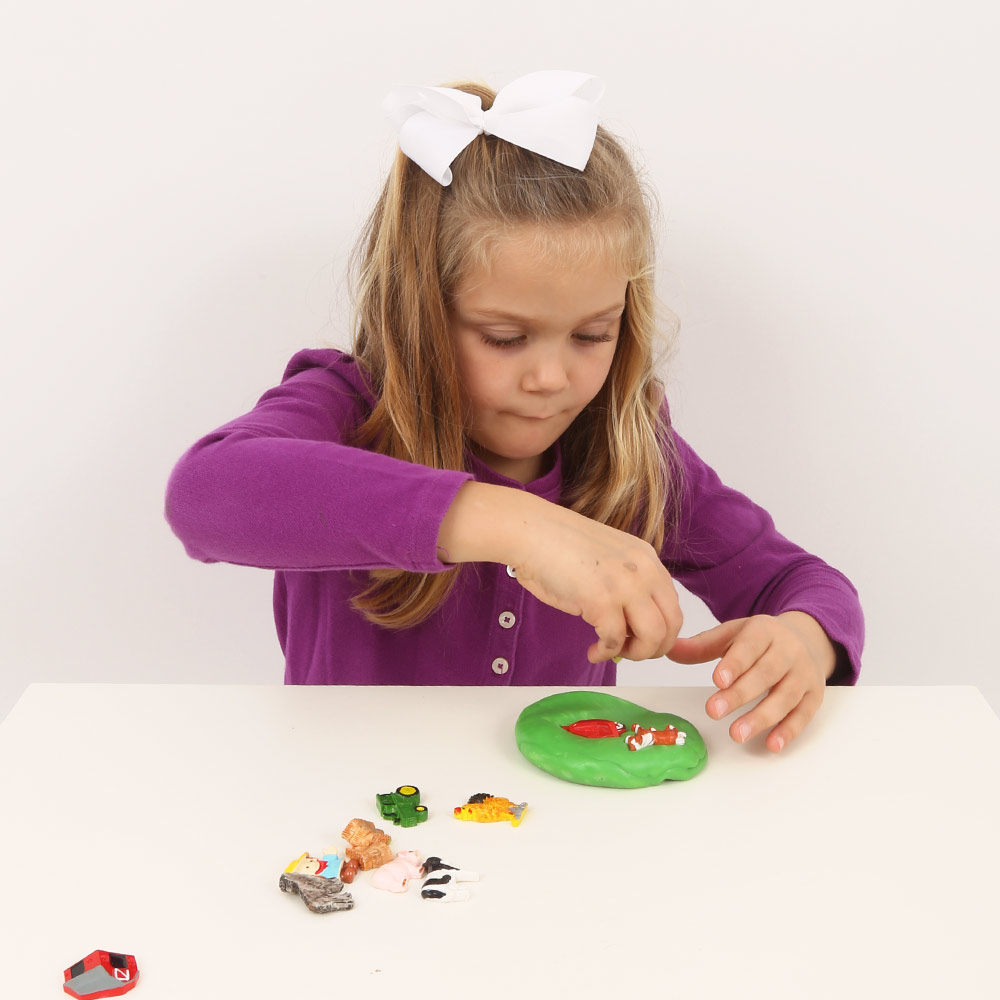





Comments